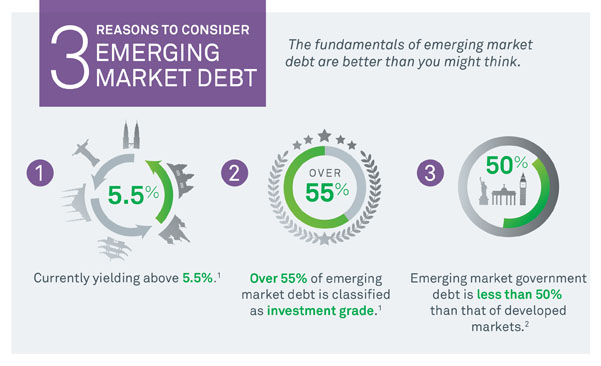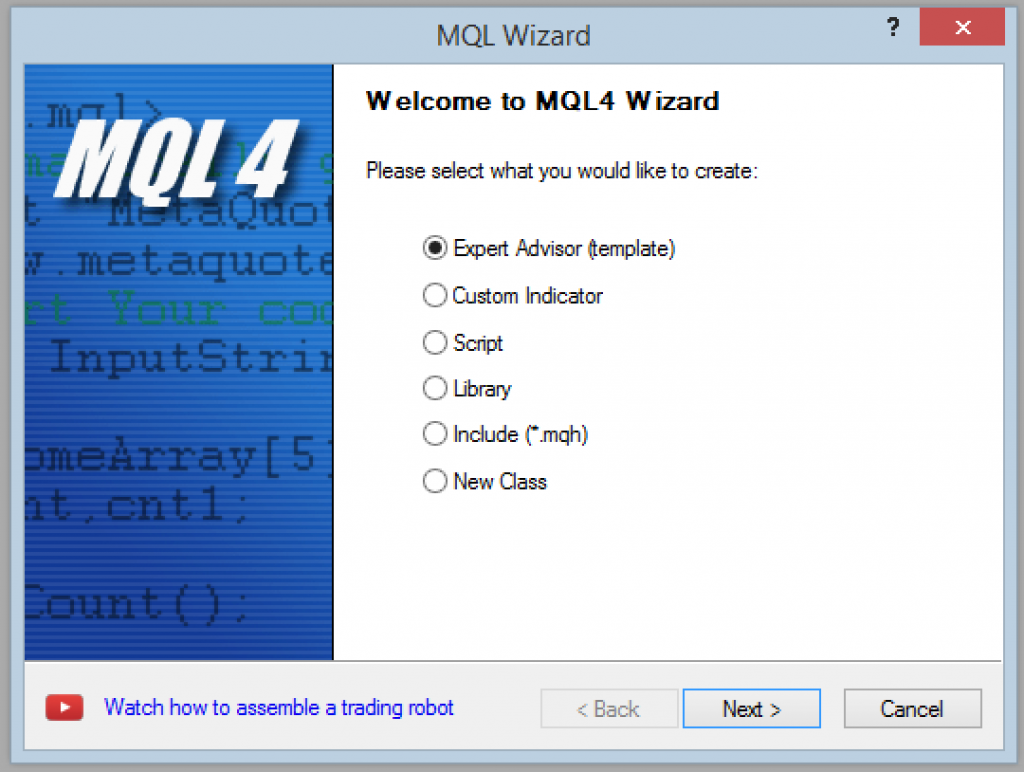
A great way to increase wealth is to invest in blue chip stocks with high dividends. Many blue chip companies have a proven track record of paying out dividends. They also have stable stock prices. They are well-known and have a large market share. This combination makes them a great addition to any portfolio.
Blue-chip stocks are known for outperforming the rest of the stock market. Many blue chip companies have proven that they can increase their dividends over the long-term, which is good news for shareholders as the economy recovers. They also tend to perform better during economic booms. Many blue-chip stocks have low volatility which makes them an excellent investment.
Blue chip stocks are a good investment. While blue-chip companies can offer high dividends and good growth rates, they may not have large market caps. These are a good option for small investors who are looking for stocks with a low risk profile.

A blue chip company is usually the market leader in its sector. It's often included in major stock market indexes like the S&P 500 or the Dow Jones Industrial Average. If you're looking for insurance against economic downturns, it can be a great investment.
Look for blue chip stocks with high dividends like Apple, JPMorgan Chase & Co. These companies have been in business for decades, and have earned a reputation for paying large dividends. You can also expect their stock to grow over time. Apple has raised its dividend each year since 2013.
It may seem that only high-dividend paying is the best way to make it rich, but there are many ways to make your money go beyond that. An organization can invest its profits in internal growth opportunities. Or it can buy other businesses. A company has a limited amount of money each year that they can invest. They are better off reinvesting all their cash in the business. Many companies create an economic buffer around their operations which allows them to resist competition from smaller businesses.
You can identify high dividend blue chips stocks by looking at their financials, financial history, dividend policies, and financial statements. To determine if the company is paying its dividends, you should also examine the dividend yield. If the dividend yield is high it could be a sign that the company pays out a large portion of its cash flow.

AbbVie & Amgen is another example of blue chip stocks that pays high dividends. The first two are biopharmaceutical businesses, and the third is a financial service company. Amgen is an impressive example, as it has a great track record of dividend growth, and it has been added to the Dow Jones Industrial Index recently.
FAQ
Who can trade in stock markets?
The answer is everyone. There are many differences in the world. Some people are more skilled and knowledgeable than others. They should be rewarded for what they do.
Trading stocks is not easy. There are many other factors that influence whether you succeed or fail. If you don’t know the basics of financial reporting, you will not be able to make decisions based on them.
This is why you should learn how to read reports. Each number must be understood. Also, you need to understand the meaning of each number.
If you do this, you'll be able to spot trends and patterns in the data. This will allow you to decide when to sell or buy shares.
This could lead to you becoming wealthy if you're fortunate enough.
How does the stock exchange work?
By buying shares of stock, you're purchasing ownership rights in a part of the company. The shareholder has certain rights. He/she has the right to vote on major resolutions and policies. The company can be sued for damages. He/she may also sue for breach of contract.
A company can't issue more shares than the total assets and liabilities it has. This is called capital sufficiency.
A company with a high capital sufficiency ratio is considered to be safe. Low ratios can be risky investments.
How do I invest my money in the stock markets?
You can buy or sell securities through brokers. A broker sells or buys securities for clients. When you trade securities, you pay brokerage commissions.
Banks typically charge higher fees for brokers. Banks are often able to offer better rates as they don't make a profit selling securities.
If you want to invest in stocks, you must open an account with a bank or broker.
Brokers will let you know how much it costs for you to sell or buy securities. This fee is based upon the size of each transaction.
Ask your broker about:
-
To trade, you must first deposit a minimum amount
-
What additional fees might apply if your position is closed before expiration?
-
What happens if you lose more that $5,000 in a single day?
-
how many days can you hold positions without paying taxes
-
How much you can borrow against your portfolio
-
whether you can transfer funds between accounts
-
How long it takes for transactions to be settled
-
The best way to sell or buy securities
-
How to Avoid Fraud
-
How to get help for those who need it
-
whether you can stop trading at any time
-
Whether you are required to report trades the government
-
If you have to file reports with SEC
-
Whether you need to keep records of transactions
-
What requirements are there to register with SEC
-
What is registration?
-
What does it mean for me?
-
Who needs to be registered?
-
What time do I need register?
How are shares prices determined?
Investors who seek a return for their investments set the share price. They want to make profits from the company. They then buy shares at a specified price. If the share price increases, the investor makes more money. If the share price goes down, the investor will lose money.
An investor's main goal is to make the most money possible. This is why investors invest in businesses. It allows them to make a lot.
What is a "bond"?
A bond agreement between 2 parties that involves money changing hands in exchange for goods or service. It is also known by the term contract.
A bond is typically written on paper and signed between the parties. This document includes details like the date, amount due, interest rate, and so on.
A bond is used to cover risks, such as when a business goes bust or someone makes a mistake.
Many bonds are used in conjunction with mortgages and other types of loans. This means the borrower must repay the loan as well as any interest.
Bonds are also used to raise money for big projects like building roads, bridges, and hospitals.
A bond becomes due upon maturity. That means the owner of the bond gets paid back the principal sum plus any interest.
Lenders lose their money if a bond is not paid back.
Statistics
- The S&P 500 has grown about 10.5% per year since its establishment in the 1920s. (investopedia.com)
- "If all of your money's in one stock, you could potentially lose 50% of it overnight," Moore says. (nerdwallet.com)
- For instance, an individual or entity that owns 100,000 shares of a company with one million outstanding shares would have a 10% ownership stake. (investopedia.com)
- Ratchet down that 10% if you don't yet have a healthy emergency fund and 10% to 15% of your income funneled into a retirement savings account. (nerdwallet.com)
External Links
How To
How to open and manage a trading account
Opening a brokerage account is the first step. There are many brokers out there, and they all offer different services. There are some that charge fees, while others don't. The most popular brokerages include Etrade, TD Ameritrade, Fidelity, Schwab, Scottrade, Interactive Brokers, etc.
Once you have opened your account, it is time to decide what type of account you want. These are the options you should choose:
-
Individual Retirement Accounts (IRAs).
-
Roth Individual Retirement Accounts
-
401(k)s
-
403(b)s
-
SIMPLE IRAs
-
SEP IRAs
-
SIMPLE 401(k).
Each option has different benefits. IRA accounts offer tax advantages, but they require more paperwork than the other options. Roth IRAs are a way for investors to deduct their contributions from their taxable income. However they cannot be used as a source or funds for withdrawals. SIMPLE IRAs can be funded with employer matching funds. SEP IRAs work in the same way as SIMPLE IRAs. SIMPLE IRAs are simple to set-up and very easy to use. They allow employees to contribute pre-tax dollars and receive matching contributions from employers.
Finally, determine how much capital you would like to invest. This is the initial deposit. Most brokers will give you a range of deposits based on your desired return. For example, you may be offered $5,000-$10,000 depending on your desired rate of return. The lower end of this range represents a conservative approach, and the upper end represents a risky approach.
Once you have decided on the type account you want, it is time to decide how much you want to invest. There are minimum investment amounts for each broker. These minimums can differ between brokers so it is important to confirm with each one.
You must decide what type of account you want and how much you want to invest. Next, you need to select a broker. You should look at the following factors before selecting a broker:
-
Fees – Make sure the fee structure is clear and affordable. Many brokers will try to hide fees by offering free trades or rebates. However, some brokers raise their fees after you place your first order. Do not fall for any broker who promises extra fees.
-
Customer service - Look for customer service representatives who are knowledgeable about their products and can quickly answer questions.
-
Security - Choose a broker that provides security features such as multi-signature technology and two-factor authentication.
-
Mobile apps - Check if the broker offers mobile apps that let you access your portfolio anywhere via your smartphone.
-
Social media presence - Find out if the broker has an active social media presence. If they don’t have one, it could be time to move.
-
Technology - Does this broker use the most cutting-edge technology available? Is the trading platform simple to use? Are there any issues with the system?
Once you have decided on a broker, it is time to open an account. Some brokers offer free trials, while others charge a small fee to get started. You will need to confirm your phone number, email address and password after signing up. Next, you will be asked for personal information like your name, birth date, and social security number. The last step is to provide proof of identification in order to confirm your identity.
Once verified, you'll start receiving emails form your brokerage firm. These emails contain important information about you account and it is important that you carefully read them. The emails will tell you which assets you are allowed to buy or sell, the types and associated fees. Track any special promotions your broker sends. These may include contests or referral bonuses.
The next step is to create an online bank account. Opening an online account is usually done through a third-party website like TradeStation or Interactive Brokers. These websites are excellent resources for beginners. When you open an account, you will usually need to provide your full address, telephone number, email address, as well as other information. Once this information is submitted, you'll receive an activation code. You can use this code to log on to your account, and complete the process.
Once you have opened a new account, you are ready to start investing.